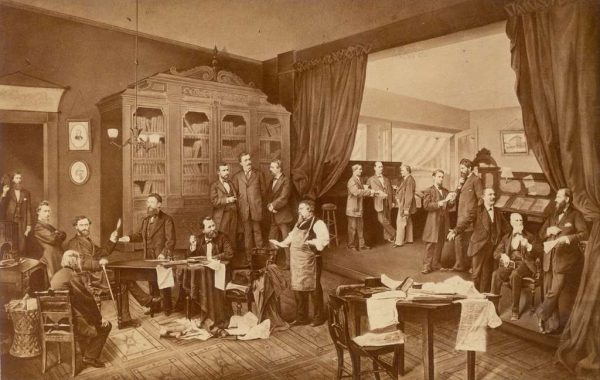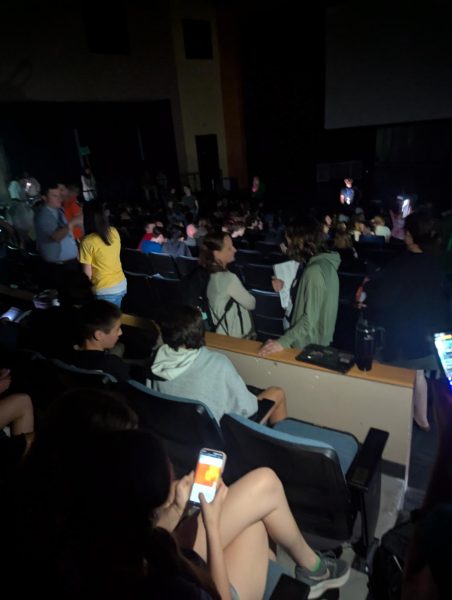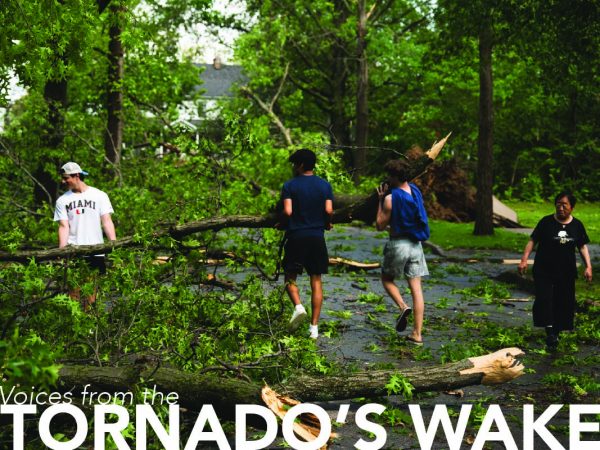2 Miles Out
Just 2 miles outside of Clayton, MO there is a food desert
Getting into your car, walking into a grocery store, and buying food for you and your family is something that many of us take for granted. However for some people and their families, even a simple task like that can be the most grueling. This type of inability can be referred to as living in a food desert. Food deserts, by definition, are geographic areas where access to reasonably priced and healthy options are limited or even nonexistent since grocery stores are too far away. Also commonly associated with socioeconomic factors as well.
Looking at the history, despite the uncertainties, the term reportedly originated from Scotland in the early 1990s. It was used to describe the poor access people faced to an affordable and healthy diet. There are plenty of socioeconomic factors when thinking about food deserts. Urban planning and supply-and-demand tend to be the recurring ones. These types of factors connect transportation services and food retailers to consumers, and they have smaller, more detailed factors which focus mainly on individual behavior and personal preference. Apart from urban planning and supply and demand, educational background also plays a vital role with regards to food deserts. For example, when there is a lack of general knowledge about nutritious and healthy food options people tend to stick to the unhealthier or less nutritious options since that is all they know about. Hence the maintained demand since the only kind of food they would have information on is the cheap and unhealthy kind.
Access to food has a great deal to do with ethnicity. According to the latest USDA census in 2015, 23.5 billion people live in food deserts. The majority of those people are also living in low income housing. Which means that about 2.2% of Americans within the US live in low income housing and in food deserts which results in them living approximately around 10 miles away, or more, from their local grocery store. Comparing that statistic to the St. Louis area, about 33% of St. Louis residents qualify for living in a food desert. To condense it down even more, at least 4,000 people must travel at least a mile to get to their local grocery store. This disparity is even larger for the Black population in St. Louis. From the previous USDA census mentioned, it also shows that Black residents within the St. Louis area are at least one mile away from a grocery store and about 13.9% of the residents live in low-income housing. Whereas only 4.2% of White residents face the same demographics previously mentioned. For some, having to travel a mile or more might not seem like much of a challenge. However, consider now the fact that you have to travel a mile or more with no car and kids. Seems impossible. Take Wells Goodfellow, a neighborhood in St. Louis where one-fifth of the residents there have no access to personal vehicles, which means they rely heavily on public transportation. Even then when public transportation is not available, people have to walk by foot on the edges of the roads (since there is no sidewalk), parking lots covered with plants that have been allowed to grow wild, and other horrific natural elements.
Thinking about major factors that determine the qualities of someone living in a food desert, you think about low-income thresholds and low-access thresholds. When asked if postal codes have anything to do with food deserts, Mike Sankey, a science teacher at Clayton High School, brought up a fascinating point. “There have been studies that show that zip codes and income coincide with restaurant and calorie intake. The more money you make, the more access you have to better restaurants with lower calories and healthier foods. Whereas the less money you make, the odds are you are going to live in neighborhoods with higher caloric intake as well as restaurants with fattening food.” Calories are cheap. Typically fast food places/restaurants are in places where people have low economic backing, low levels of education, and low residential home value. Looking at all those factors is where you start to realize and find out about how a lot of fast food places continue to pop up. Clayton does not have this problem. However, if you travel up to North County or even in South County you will notice that there are more fast food restaurants in those places than there are in Clayton. According to the National Center for Biotechnology Information, Black populations have half as much access to chain supermarkets as White populations, independent and non-chain stores make larger appearances in predominantly Black and Hispanic communities rather than in predominantly White communities, and generally lower-income neighborhoods have less access to chain stores.
The next time you get in your car, press that push start button, and happily drive to your local grocery store, remember that not everyone has that luxury. Don’t take it for granted.
A $50 or more donation includes a subscription to the Clayton High School Globe 2024-2025 print news magazine.
We will mail a copy of our issues to the recipients of your choice.
Your donation helps preserve the tangible experience of print journalism, ensuring that student voices reach our community and that student democracy thrives.

Zoe Daniels-Sankey is the Opinion Section editor of the Globe and a senior this year. She is in her third year with the publication and is very excited to continue writing stories...











